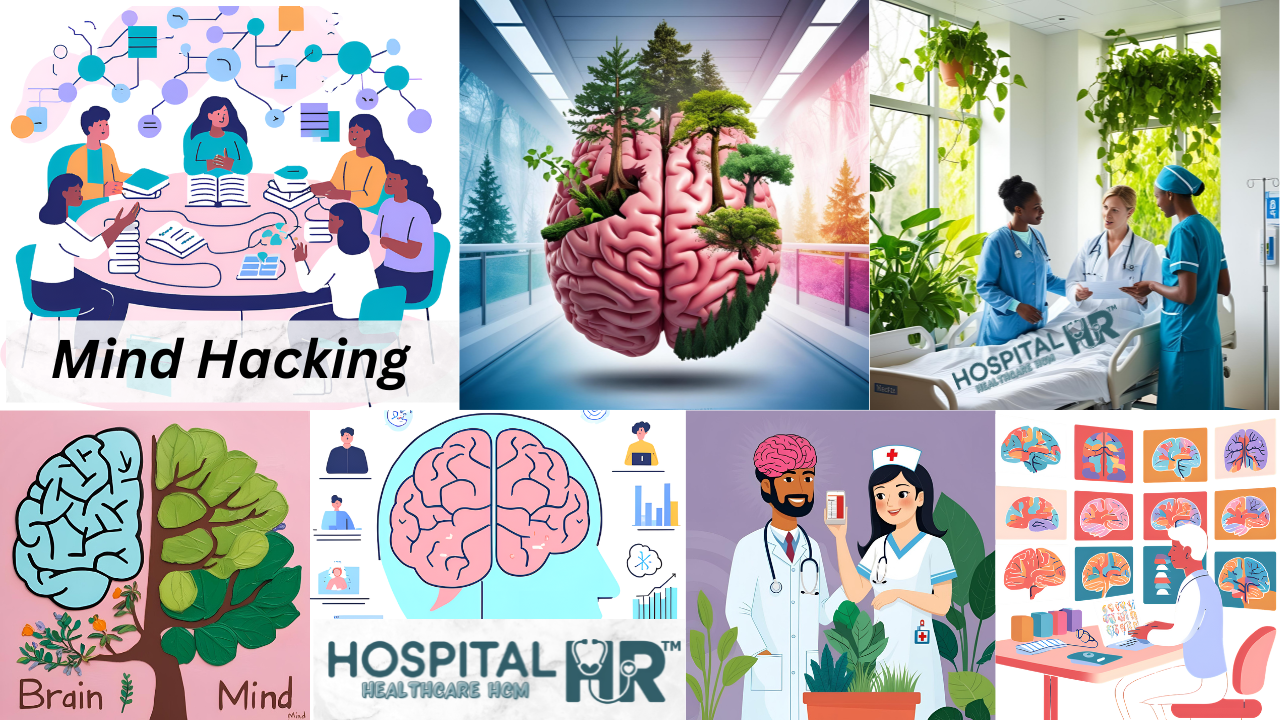Mind Hacking – Moment-Making Strategy for a Training Program
1. Set A Good Keyword Research - ( Understanding Healthcare Business Needs )
2. Optimize Your Content For Audience - ( Solutions for Learners Daily Task )
3. Create Live Experiences - ( Personalized Videos & Role Play )
4. Produce Interactive Content - ( PPT & Questionnaires )
5. Create a Newsletter - ( Most Happening Moments of Training Wing )
6. Use a Strategic Approach - ( Ensure Quality Standards are Followed )
7. Use Optimized Images and Videos In Your Content - ( Less Images & Short Videos )
8. Use Eye-Catching Headlines - ( Audience should Rush for our Training)
9. Promote Your Posts Around Intranet & Social Media - ( Than Delivery Self Marketing is Very Important)
10. Create a Good Learning Strategy - ( Ensure Personal Goals are also Covered )
11. Memory and Brain Play a Vital Role - ( The Less Science Knows )
-
Here's a detailed list of brain areas and their associated feelings, actions, or cognitive functions:
- Cerebrum
Controls voluntary actions like learning, memory, sensory perceptions, and motor actions Associated with higher brain functions like thought and action. - Cerebellum
Coordinates motor functions like balance, posture, and movement. Also called the "little brain" because it looks like a smaller version of the cerebrum. Responsible for coordinating impulses sent out from the cerebrum. - Medulla Oblongata
Controls involuntary actions like breathing, heart rate, blood pressure, swallowing, digestion, and sneezing Located at the base of the brain and continues into the spinal cord - Part of the brainstem, along with the pons and midbrain.
- Cerebrum
Sensory Processing & Perception:
- Cranial Nerves are a set of 12 pairs of nerves that originate in the brain and transmit electrical impulses between the brain and the head, neck, and torso. They help with various functions, including seeing, hearing, smelling, tasting, and feeling.
1. Inner Voice (Auditory Processing) – Heschl's Gyrus (Primary Auditory Cortex)
2. Vision & Object Recognition – Occipital Lobe (Primary Visual Cortex, V1), Fusiform Gyrus
3. Touch, Temperature, and Pain – Somatosensory Cortex (Parietal Lobe)
* Movement / Action – Cerebellum
* Sleep Regulator – Pineal Gland
4. Smell and Emotional Memory – Olfactory Bulb, Piriform Cortex, Amygdala
5. Taste Perception – Insular Cortex, Gustatory Cortex
Emotions & Motivation:
6. Fear & Threat Response – Amygdala
* Emotions – Limbic System
7. Happiness & Reward Processing – Nucleus Accumbens, Ventral Striatum, Dopaminergic System
8. Sadness & Grief – Subgenual Anterior Cingulate Cortex (sgACC), Amygdala
9. Love & Social Bonding – Hypothalamus (Oxytocin Release), Ventral Tegmental Area (VTA), Caudate Nucleus
* Sex & Sexual Arousal - Hypothalamus
* Control of Thirst - Hypothalamus
10. Aggression & Impulsivity – Orbitofrontal Cortex (OFC), Amygdala, Hypothalamus
Cognitive Functions & Decision Making:
11. Attention & Focus – Prefrontal Cortex, Parietal Lobe, Thalamus
12. Short-Term Memory (Working Memory) – Prefrontal Cortex, Dorsolateral Prefrontal Cortex (DLPFC)
13. Long-Term Memory Storage & Formation – Hippocampus
14. Planning & Problem-Solving – Prefrontal Cortex
15. Self-Control & Inhibition of Actions – Prefrontal Cortex, Anterior Cingulate Cortex (ACC)
Movement & Coordination:
16. Voluntary Movement – Motor Cortex, Basal Ganglia, Cerebellum
17. Balance & Coordination – Cerebellum
18. Reflexes & Instinctual Reactions – Brainstem, Spinal Cord
* Breath & Heart Control – Brain Stem
Social & Higher-Order Thinking:
19. Empathy & Understanding Others – Anterior Insula, Mirror Neuron System, Temporoparietal Junction (TPJ)
20. Moral Decision-Making – Prefrontal Cortex, Ventromedial Prefrontal Cortex (vmPFC)
21. Sense of Self & Self-Reflection – Default Mode Network (DMN), Medial Prefrontal Cortex (mPFC)
12. Recall & Review – ( Feedback from Audience Matters More than Above… )
-> For more details or assistance, platforms like hospitalhr.in provide tailored solutions for Indian healthcare institutions.


Comments (0)
No comments yet. Be the first to comment!